On a polar expedition cruise, you’ll see Earth’s most untouched wilderness regions whilst staying aboard an ice-strengthened ship.
These specialised vessels take 50-200 guests, giving you chances to join guided walks, go kayaking, and pop into research stations. You’ll get to know the onboard experts – marine biologists, geologists and historians – as you look out for amazing wildlife like polar bears up north or penguins down south.
Today’s ships come with brilliant viewing areas and spots for photographing the dramatic scenery. With different things to see and do in both polar regions, and various seasons to choose from, there’s loads to learn about these remarkable cruises.
🐧 Polar Cruise Enquiry 🐻❄️
Our team of polar travel specialists have personally explored both the Arctic and Antarctic regions – from tracking polar bears in Svalbard to kayaking with penguins off the Antarctic Peninsula. Let us find the right polar expedition cruise for you.
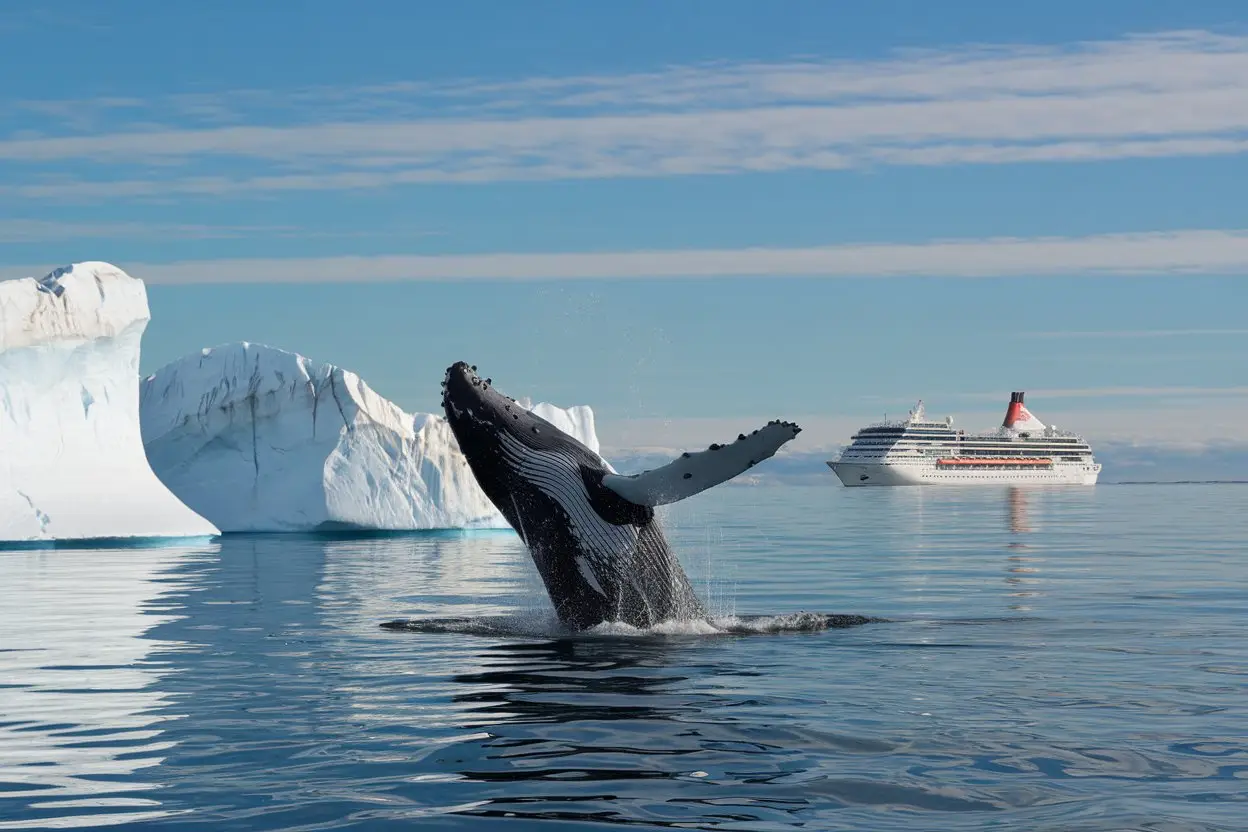
Key Takeaways
- Ice-strengthened ships take 50-200 travellers on polar trips around the Arctic and Antarctic regions.
- You’ll learn loads from the brilliant guides – marine biologists and historians who give talks and lead outings during the journey.
- Arctic trips run from June to September where you can meet local communities, whilst Antarctic voyages happen November to March in untouched wilderness.
- Join guided walks, go kayaking, pop into research stations, and watch wildlife from the ship’s observation decks.
- The vessels follow strict rules to look after these delicate polar environments whilst letting people explore these remarkable places.
Polar Expedition Cruise Features and Benefits
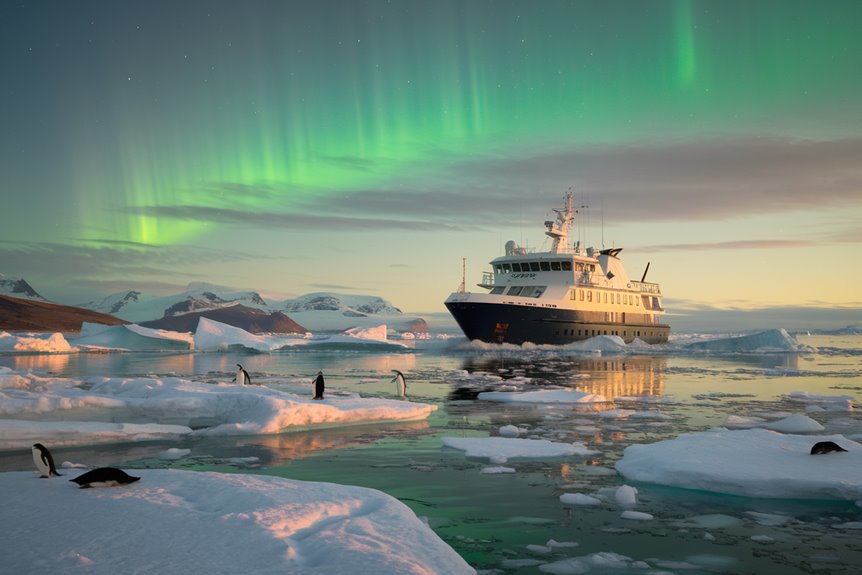
Polar expedition cruises are a brilliant way to see Earth’s most far-flung regions whilst enjoying modern comfort and expert know-how.
You’ll sail on ice-strengthened ships fitted with Zodiac boats for shore landings and specialist kit for polar conditions. These vessels are usually small, giving everyone proper attention whilst keeping impact on the environment to a minimum.
You’ll learn loads from onboard talks by marine biologists, geologists, and historians who’ll boost your knowledge of polar ecosystems and wildlife.
The ships come with observation lounges, photography spots, and stabilisation systems for smooth viewing of icebergs, whales, and polar bears. Most trips include guided walks, kayaking choices, and stops at research stations.
You’ll also get to enjoy top-notch food, comfortable cabins, and safety gear made specifically for polar environments.
Historic Polar Cruise Routes
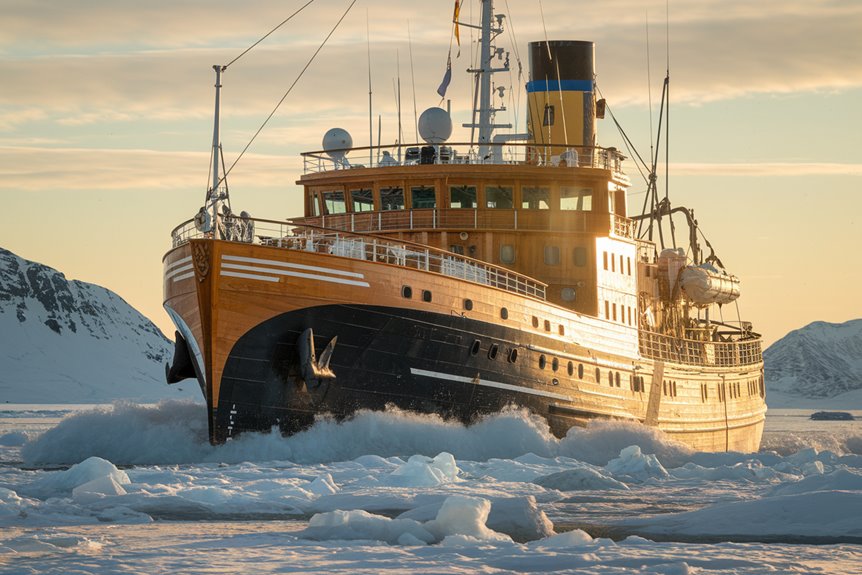
You can cruise the same historic routes that some of the bravest polar explorers took through Arctic and Antarctic waters.
Fancy following Shackleton’s remarkable journey through the Drake Passage to South Georgia Island? That’s where his crew had to seek help after their ship Endurance got trapped and crushed in the ice.
Up in the Arctic, there’s the legendary Northwest Passage, which Roald Amundsen first managed to sail through in 1906 – it links the Atlantic to the Pacific through Canada’s Arctic islands.
Another famous route is the Northeast Passage along Russia’s Arctic coast, first conquered by Adolf Erik Nordenskiöld.
You might also want to follow Willem Barentsz’s 16th-century path around Svalbard, where Dutch whalers later set up their hunting grounds and helped create detailed maps of the High Arctic.
Arctic vs Antarctic Cruise Experiences
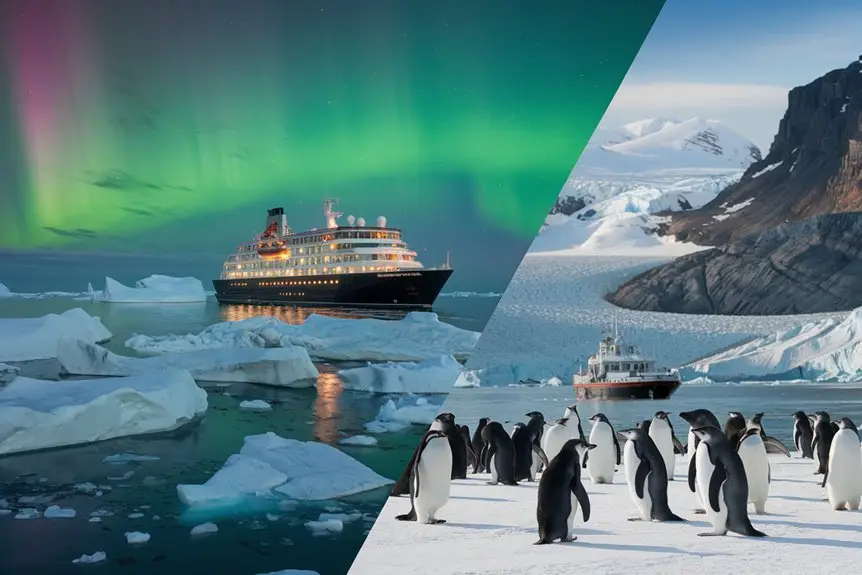
Want to weigh up Arctic versus Antarctic cruises? They’re quite different from each other.
Up north in the Arctic, you’ll see local communities living there, polar bears roaming about, and plenty of Nordic culture, whilst Antarctica is pure wilderness without any folks living there year-round.
Arctic cruises run from June to September when there’s endless daylight, and Antarctic ones go from November to March during the southern summer.
The Arctic has lovely tundra flowers and plants growing about, but Antarctica is all dramatic ice and enormous glaciers.
The wildlife’s totally different too – in the Arctic, you’ll spot whales, reindeer and Arctic foxes, whilst down in Antarctica, you’ll see penguins waddling about, seals and albatrosses.
If you fancy the Arctic, you’ll likely sail from Norway or Canada, but for Antarctica, you’ll probably start from Ushuaia in Argentina.
Polar Cruise Environmental Impact
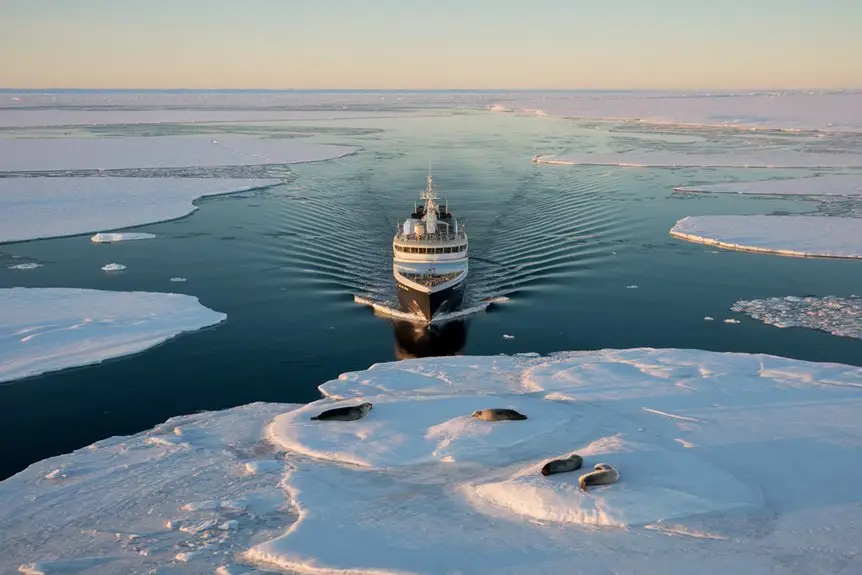
Cruise ships heading to polar regions do more than just make waves as they go. These vessels can have quite an impact on delicate polar environments, even though they let people see amazing wildlife up close.
Modern expedition ships have to follow strict rules to protect the environment, but there are still problems to sort out.
- Ship engines release black carbon that makes ice melt faster
- Ship noise gets in the way of how sea mammals talk and behave
- Fuel leaks could harm wildlife and clean waters
- Ships need proper systems to deal with all rubbish and sewage
- Tourists can upset breeding areas and where wildlife lives
Better-run ships now use cleaner fuel, better waste treatment and go slower in certain areas to leave less of a mark.
You’ll see these careful steps during your trip, as ship captains take extra care to protect the very places you’ve come to see.
Frequently Asked Questions
What Certifications Should Expedition Guides and Ship Crew Have for Polar Cruising?
You’ll want guides with proper polar operations qualifications (PTGA or similar), staff who hold STCW papers, medical know-how, and ice navigation skills. Everyone working aboard needs cold-weather survival training and must know how to handle emergencies.
How Reliable Is Satellite Internet and Phone Connectivity During Polar Cruises?
Your signal will be a bit dodgy, like a candle flame wobbling about. You’ll notice satellite internet and phone service comes and goes, particularly when you’re cruising above 80° latitude in polar areas.
Are Solo Travellers Charged Single Supplement Fees on Polar Expedition Cruises?
You’ll usually need to pay extra fees of 50-100% for having a cabin to yourself on polar cruises, but some companies can match you with a roommate or sort out special deals to cut down or get rid of these costs if you’re travelling alone.
What Medical Facilities and Emergency Evacuation Procedures Exist on Polar Vessels?
Most polar ships have a doctor and a simple medical centre on board. If you’re badly hurt or ill, they can sort out a helicopter to get you to hospital, but dodgy weather might mean you’ll have to wait a bit.
Can Children Participate in Polar Expedition Cruises, and What’s the Minimum Age?
Most ships are happy to take children aged 8-12 and older, though each company decides their own age limits. For the best family trip, choose ships that include special programmes and activities for young ones.
🐧 Polar Cruise Enquiry 🐻❄️
Our team of polar travel specialists have personally explored both the Arctic and Antarctic regions – from tracking polar bears in Svalbard to kayaking with penguins off the Antarctic Peninsula. Let us find the right polar expedition cruise for you.
